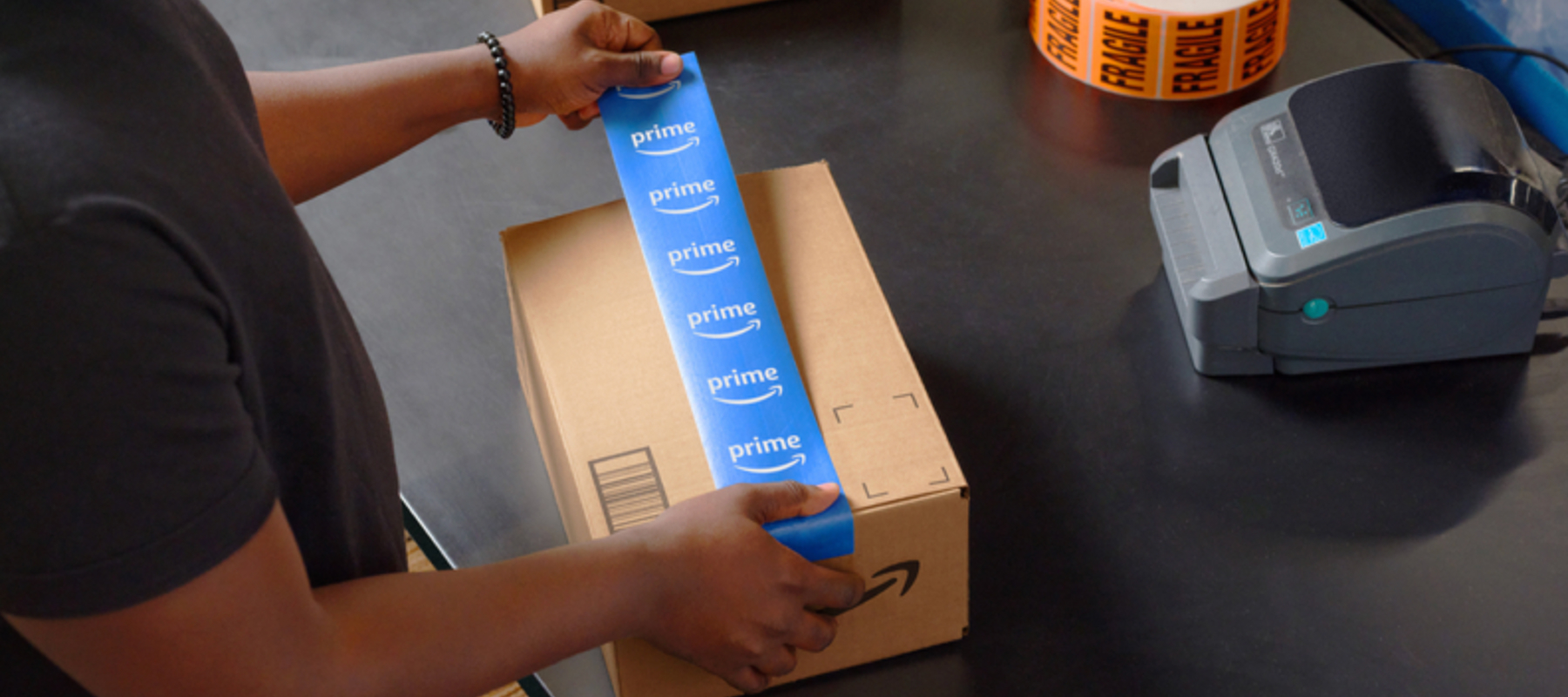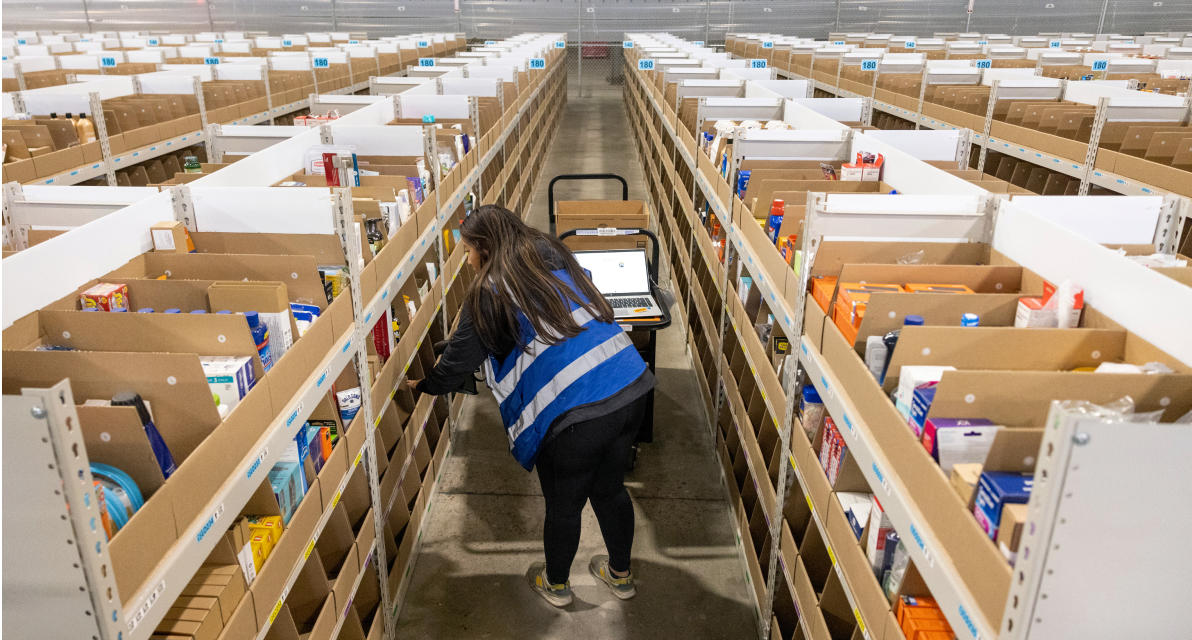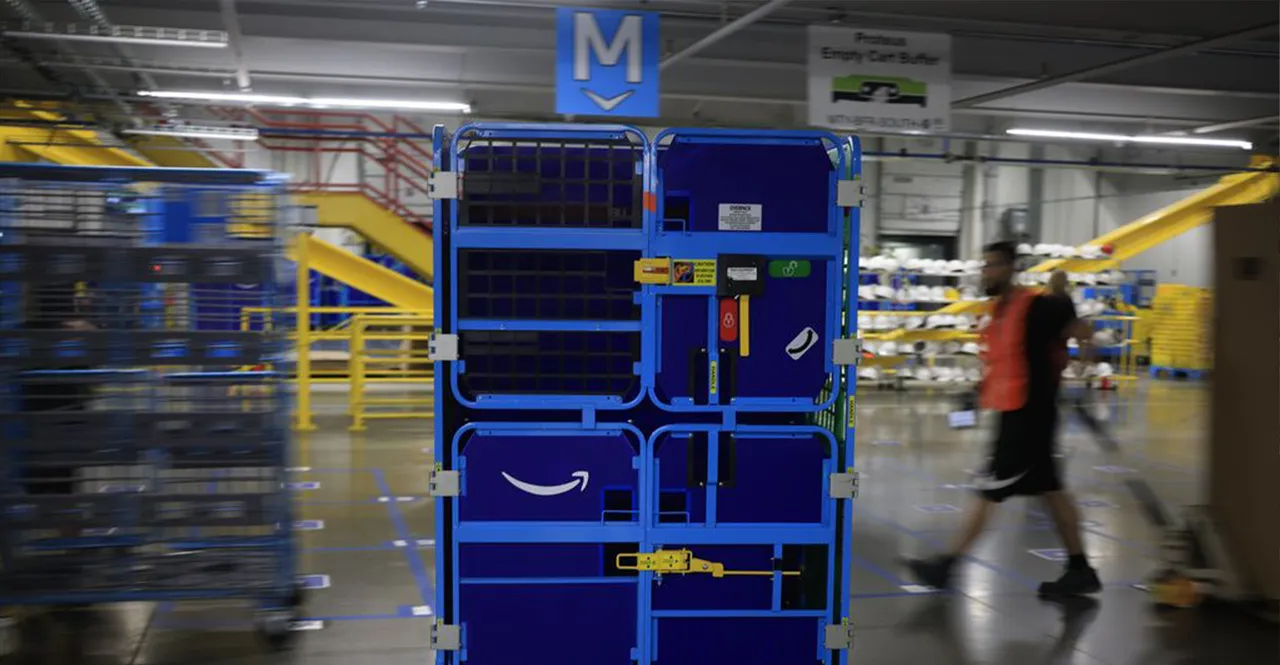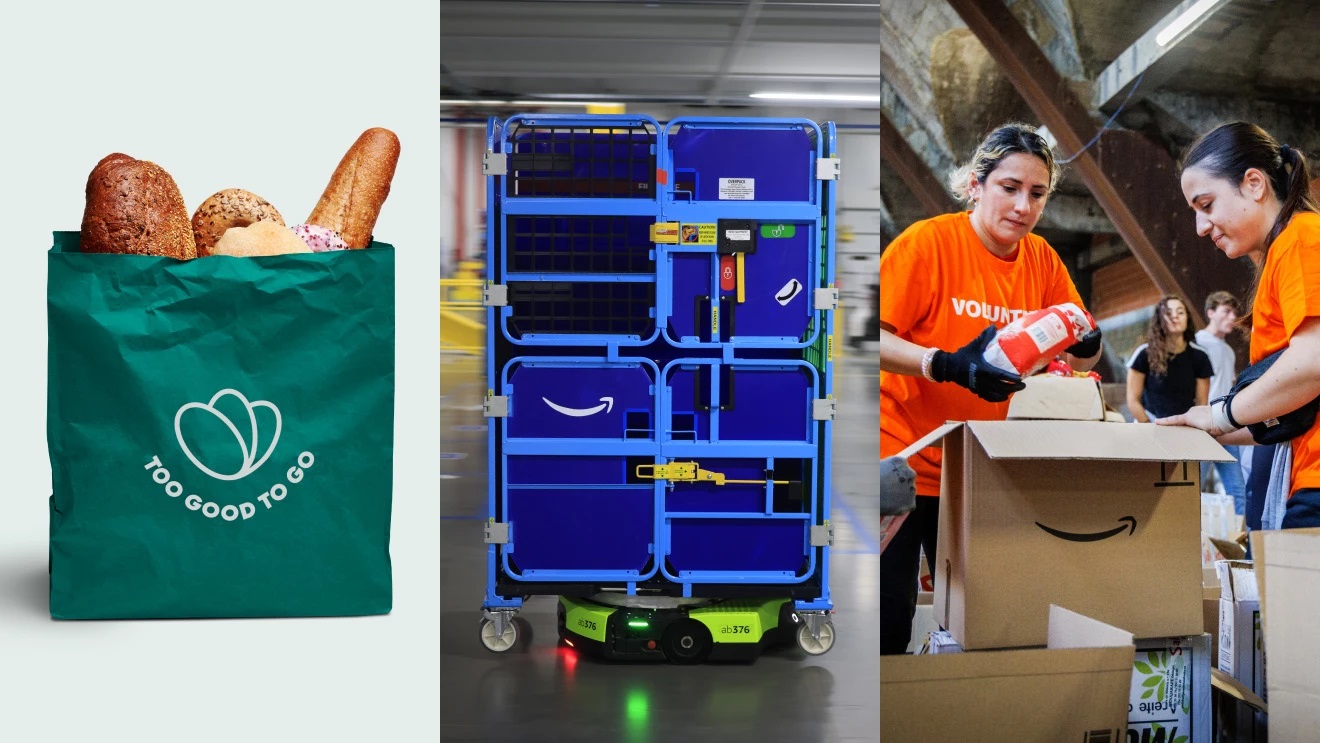From specialized vendors to innovative remanufacturing processes, we're developing practical solutions that help keep waste out of landfills.
Amazon safely delivers millions of products to customers every day while working to systematically reduce waste throughout our operations network. We consider waste a defect and work across our business to implement circular solutions—approaches that keep materials productive through reusing, repurposing, or recycling instead of sending them to landfills or incineration with energy recovery. In retail operations, cardboard and wood constitute 65% of our waste stream, and we recycled nearly all of it in 2024.
We classify other materials that can’t be recycled through standard channels as hard-to-recycle. This waste requires thoughtful problem solving, which is why we take a data-driven approach to finding viable solutions.
Amazon uses a combination of data sources to inform our strategy. We’ve developed dashboards that track waste by material type, conducted detailed waste audits in collaboration with our waste vendors, and gained insights from trials using specialized artificial intelligence (AI) technology to monitor on-site waste disposal in real time. We identify the materials we don’t have processing options for and work to find ways to recycle or avoid them altogether.
Our approach starts with targeted pilot projects—small-scale initiatives that help us understand how we need to change our operations and recycling methods. These tests reveal what works before we implement initiatives more broadly, helping our associates and waste vendors adopt them more easily.
Innovation thrives on diverse perspectives, which is why we also welcome suggestions from across our organization. Amazon associates often identify practical improvements based on their experiences. Our procurement teams integrate sustainability into purchasing decisions, scientists contribute insights into new materials, and our global waste team provides strategic oversight and long-term planning. This collaboration ensures we act on the best ideas regardless of where they originate.
Addressing these challenges at a global scale is complex, especially because recycling infrastructure and capabilities vary greatly across countries. We must be flexible and creative to develop material-specific solutions.







